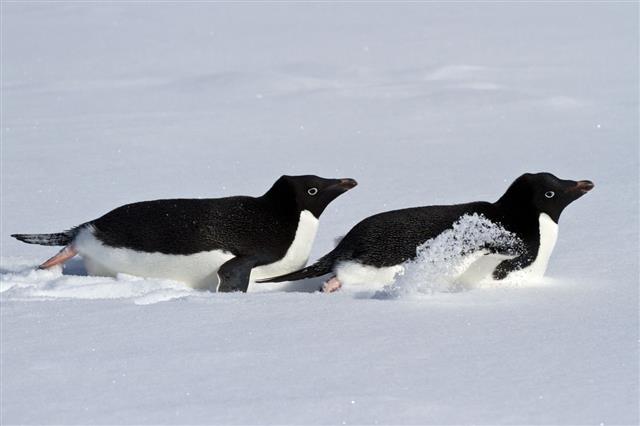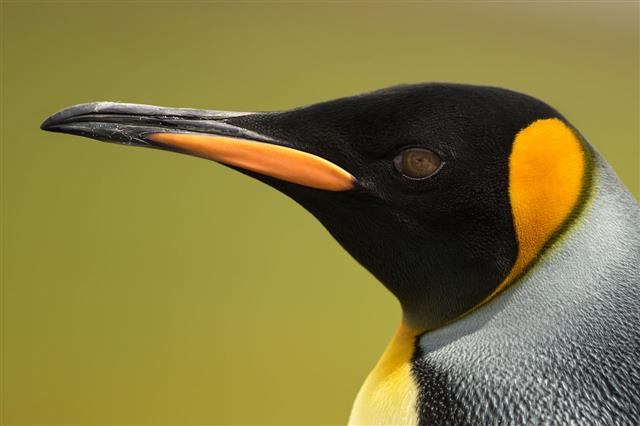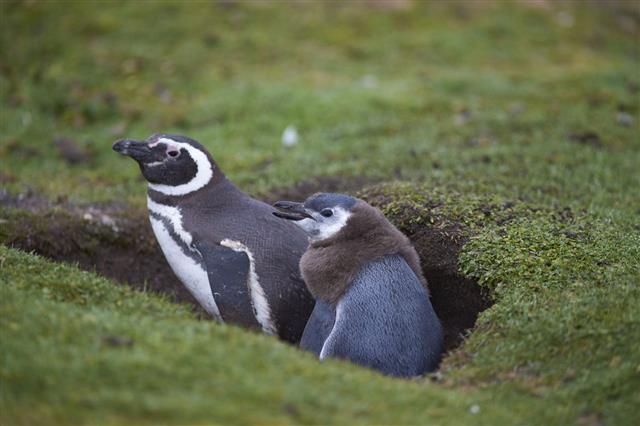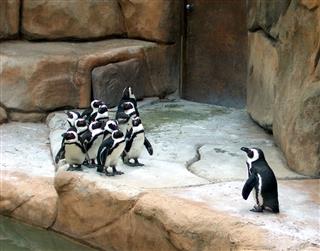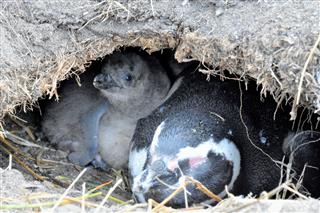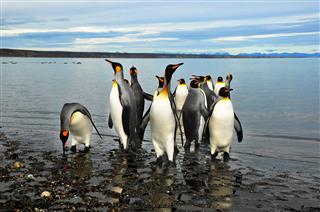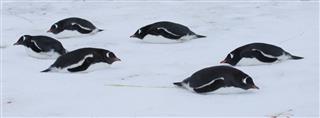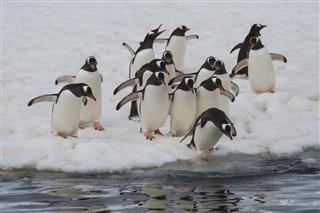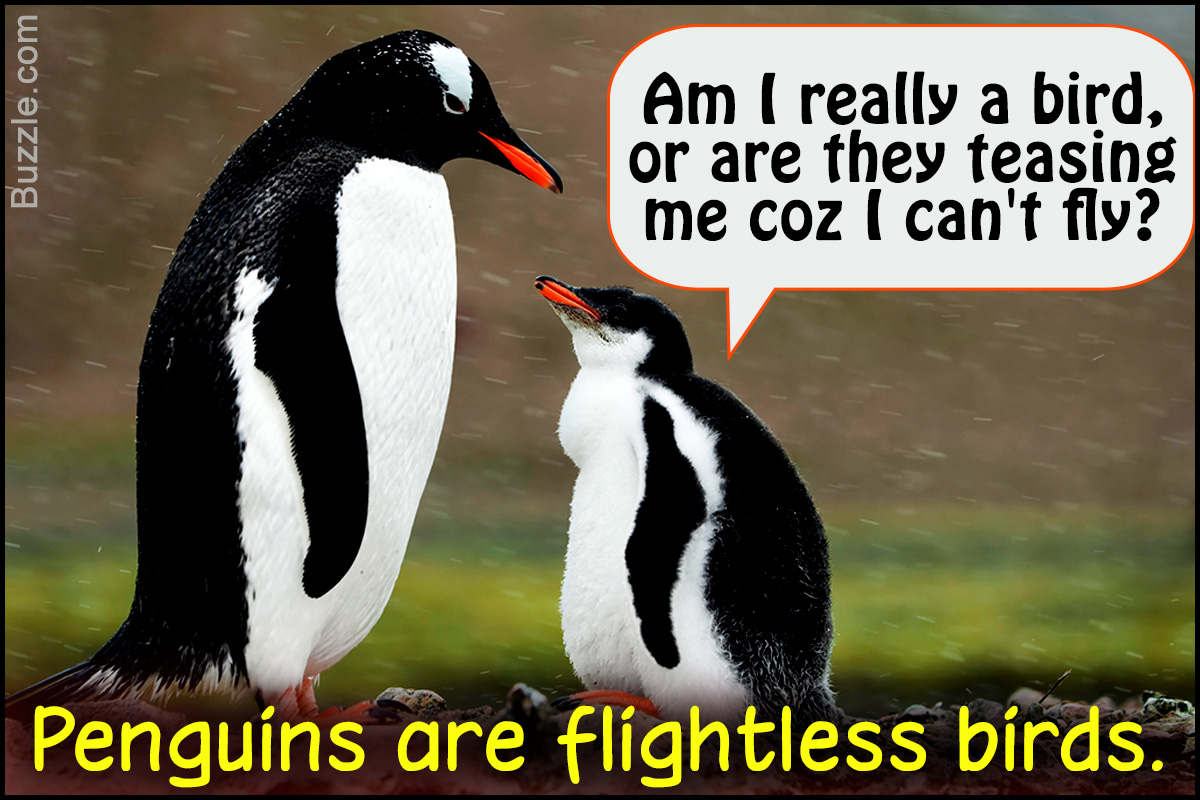
When we speak of polar region, the first thing that comes to our mind are penguins. Do you know that penguins only live in the south polar region? Though they are birds, they are completely flightless and spend 75% of their lifetime in the sea. Let’s find out more about their development.
Penguins seem to be the most suitable ‘evolution’ specimen as they have adapted perfectly to their surroundings. They mostly live in big groups or colonies called ‘rookery’. Though their main food is fish, but they love eating krill and squids. They have 17 subspecies. Emperor penguins are the largest of these subspecies found on earth. More or less, all the subspecies follow the same life cycle.
The Breeding Process
An adult penguin can reproduce only when they are between 3 and 8 years old, but normally penguins start breeding at the age of five. Smaller penguin species tend to reach sexual maturity earlier than the larger penguin species. Larger penguin species like King Penguin can breed twice in three years as they have 16 months of breeding cycle, whereas a little penguin can breed anytime throughout the year. All of them come on bare ground to lay eggs, while the Emperor penguins lay eggs on ice. In the month of March, they travel 90-100 km inland in search of the ‘perfect site’ for breeding. It is a very risky journey, because those who are left behind, fall prey to predators or may even die of starvation. When they have finalized a site, in April they start mating. They find their soulmates through singing. And it is up to the males to attract females, and the females choose their partners accordingly. Penguins are monogamous creatures as they live with the same partner throughout their life.
The Brooding Period
A few weeks after mating, the female penguin lays 1 or 2 eggs. After laying eggs the females transfer the eggs to their male partners. In June-July, the males place the egg on their feet and incubate it. This transfer is the most important phase because, if the eggs break they can mate only in the next year, but usually during this transfer almost 20% of eggs break. The females search for food while the males incubate the eggs and wait for the partner to return. And once the female penguin returns, the penguins exchange their roles; the female incubates the egg while the male goes for food hunting. This is the most unique feature in the penguin’s life cycle. In no other species of animals or birds are the fathers known to take care of their little ones. The penguin fathers are very loving, they fast for almost two months till their female partners return. During cold winds they form a close circle, to save heat for their offspring.
The Growing Stage
The eggs hatch sometime near August. It takes three days to hatch the eggs and as soon as the juvenile (baby penguin) comes out of its egg it starts calling, so that the parents learn to recognize the voice. The chicks are either brown or black in color and they have feathers that are not waterproof, so the juvenile penguin stays on land until it gets mature. During this time (in the month of September) the females return and feed the chicks by regurgitating while the males go for feeding. The male and female take turns to feed the chicks. This is repeated almost six times.
The Mature Penguin
It takes seven weeks to thirteen months for the chick to develop and get the waterproof feathers. When the chick is strong enough, both the parents go together for feeding. The adult penguin is no more dependent on its parents and hunts for food on its own. Finally in the month of December the families leave for the sea. One advantage of this cycle is, by the time the chicks are ready to swim, it is summer and the sea is abundant with food. In the next year, the same cycle is repeated; the adults start their journey, while the young ones stay on the shore.
Today, these unique species are endangered due to oil spills, water pollution and increased fishing. Interference by man is taking a toll on their life. Attempts are being made to save their natural habitat. So amigos; live and let live!



